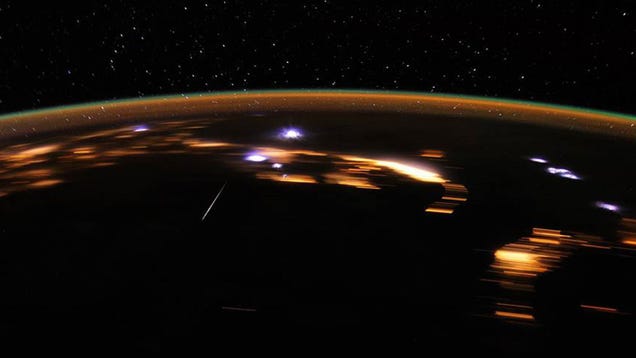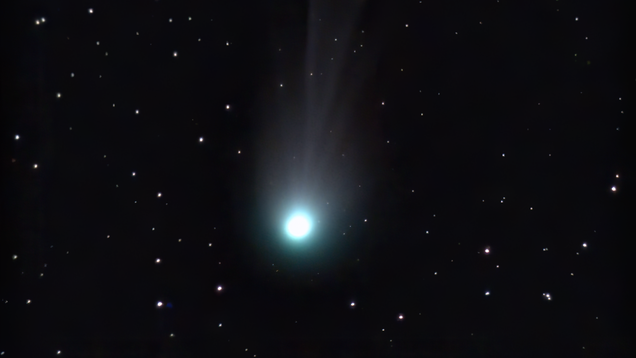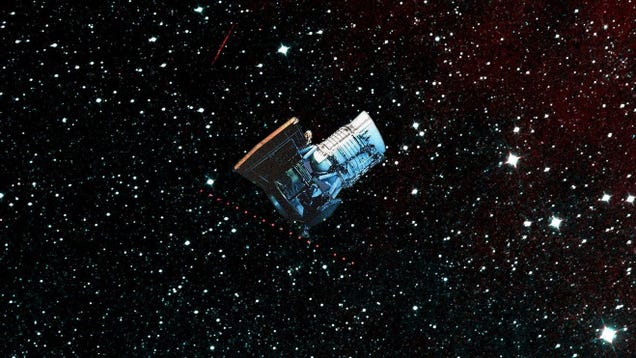

We haven’t experienced a major meteor shower since the Quadrantids ended in early January, but the annual meteor drought has officially ended with the Lyrids now in action. Here’s what you need to know about this yearly light show and how to watch it.
Dan Bartlett, Damien Deltenre, Wikimedia Commons
Dan Bartlett

In this week’s top science stories, half the world’s population may be living with neurological illness; Europe’s space agency has a scheme to de-ice a telescope from a million miles away; and Gizmodo writer Geo Dvorsky is struggling with some major eclipse anxiety.- Rose Pastore

The “Devil Comet,” known formally as Comet 12P/Pons-Brooks, is set for a rare conjunction alongside the Great North American Total Solar Eclipse on April 8.

A diligent surveyor of the night skies, NEOWISE is sadly approaching its fiery demise as the Sun’s erratic outbursts are causing the infrared telescope to gradually fall out of its orbit before it eventually burns up in Earth’s atmosphere.
Dr.

